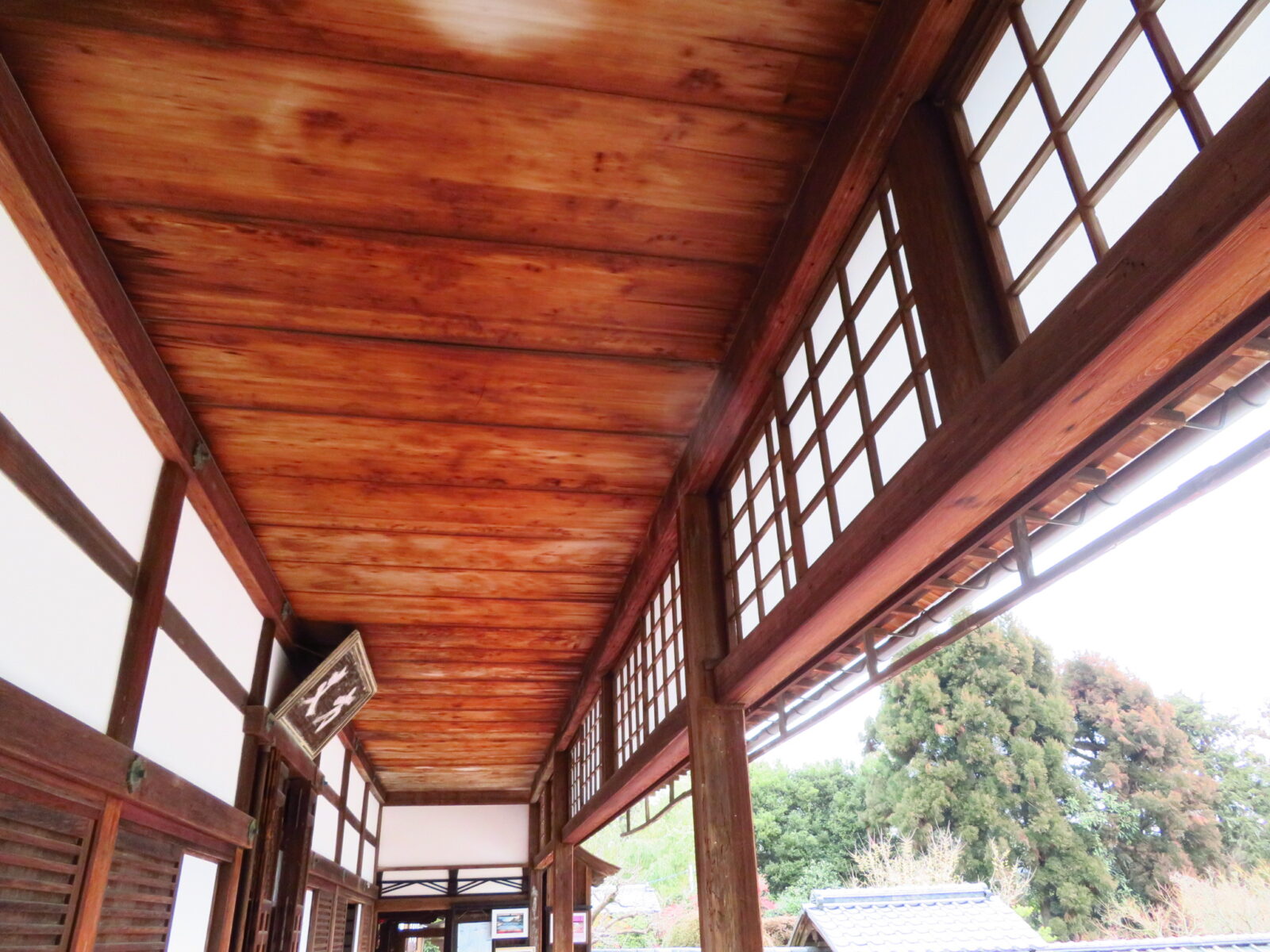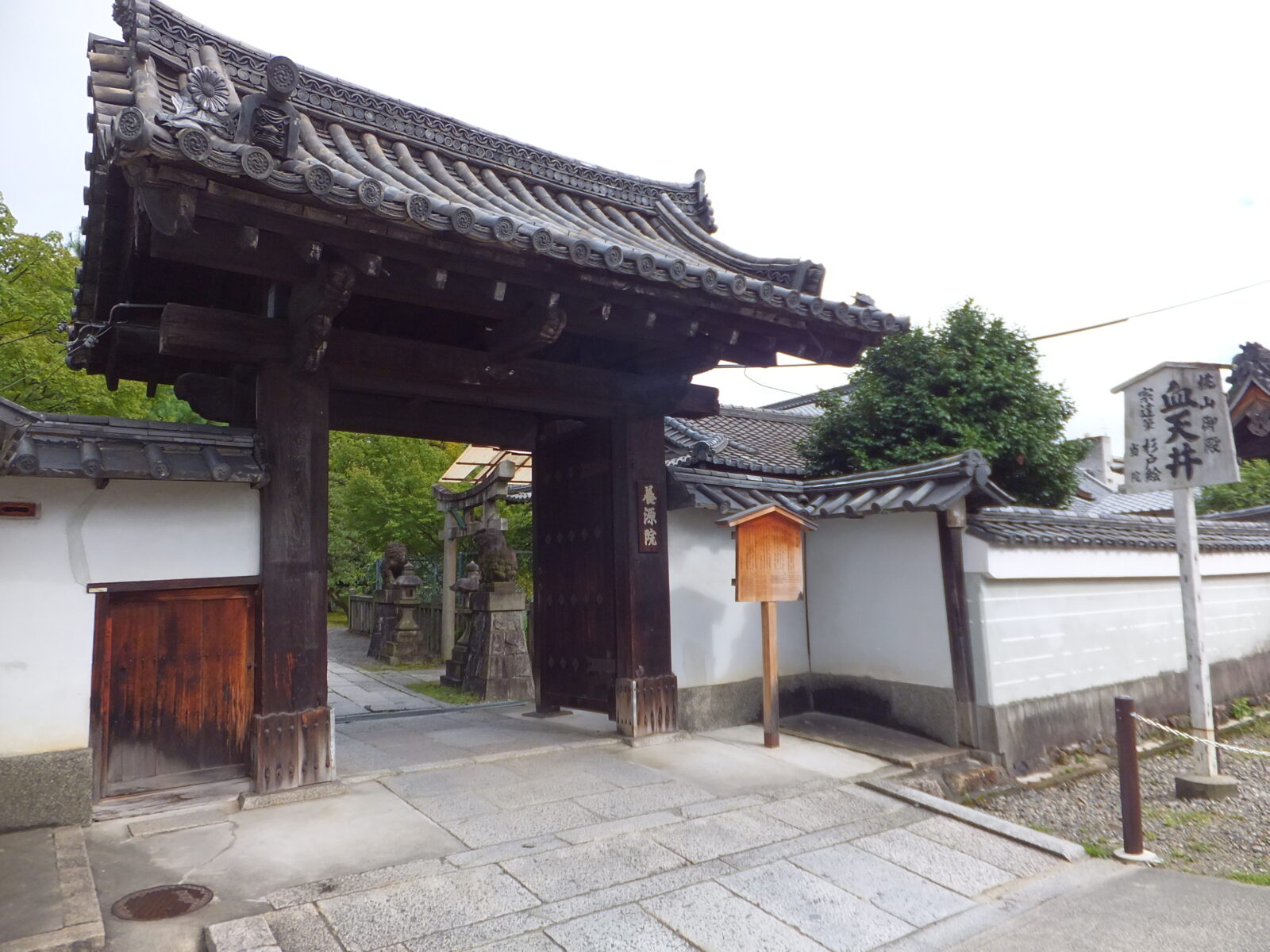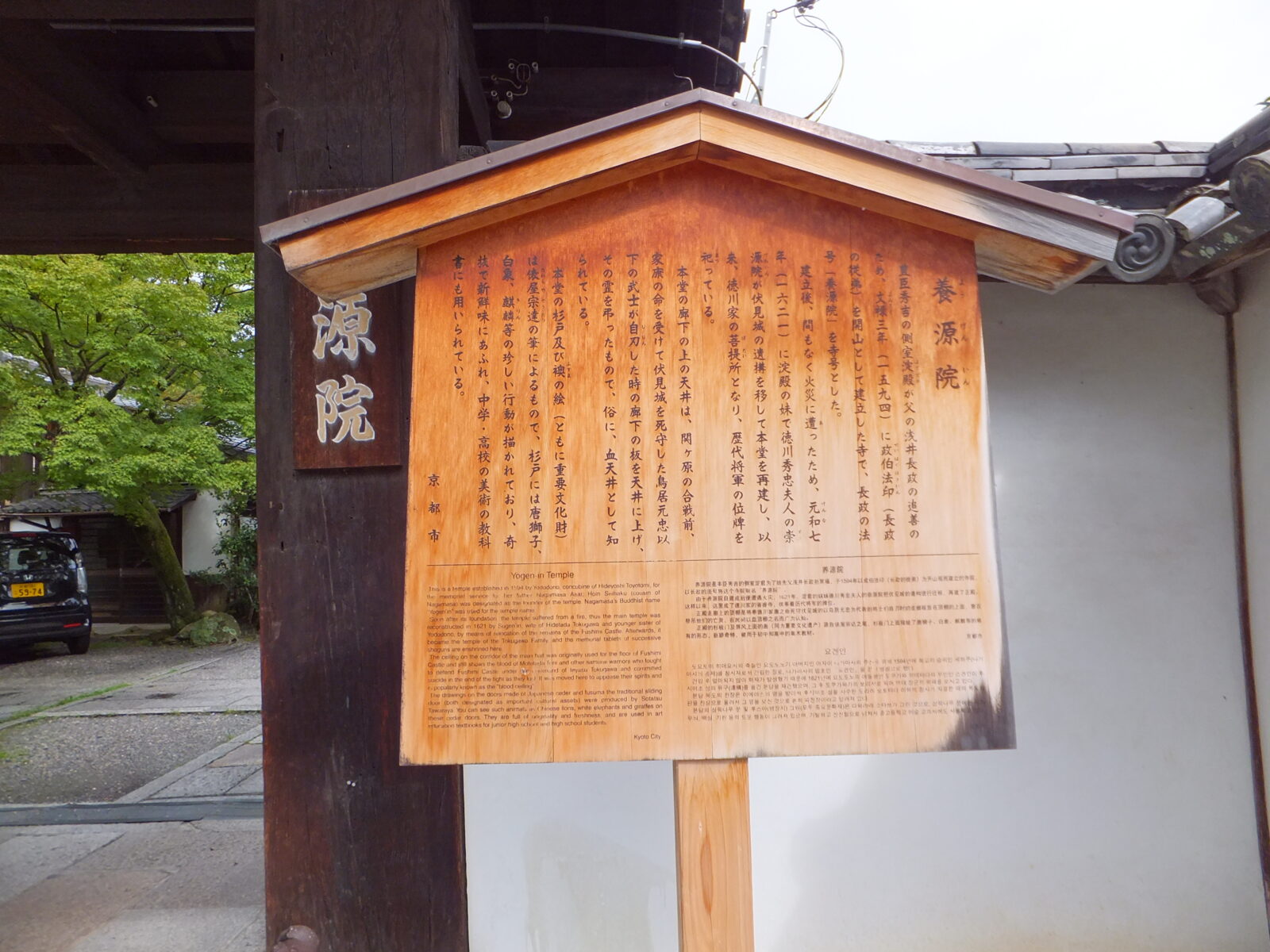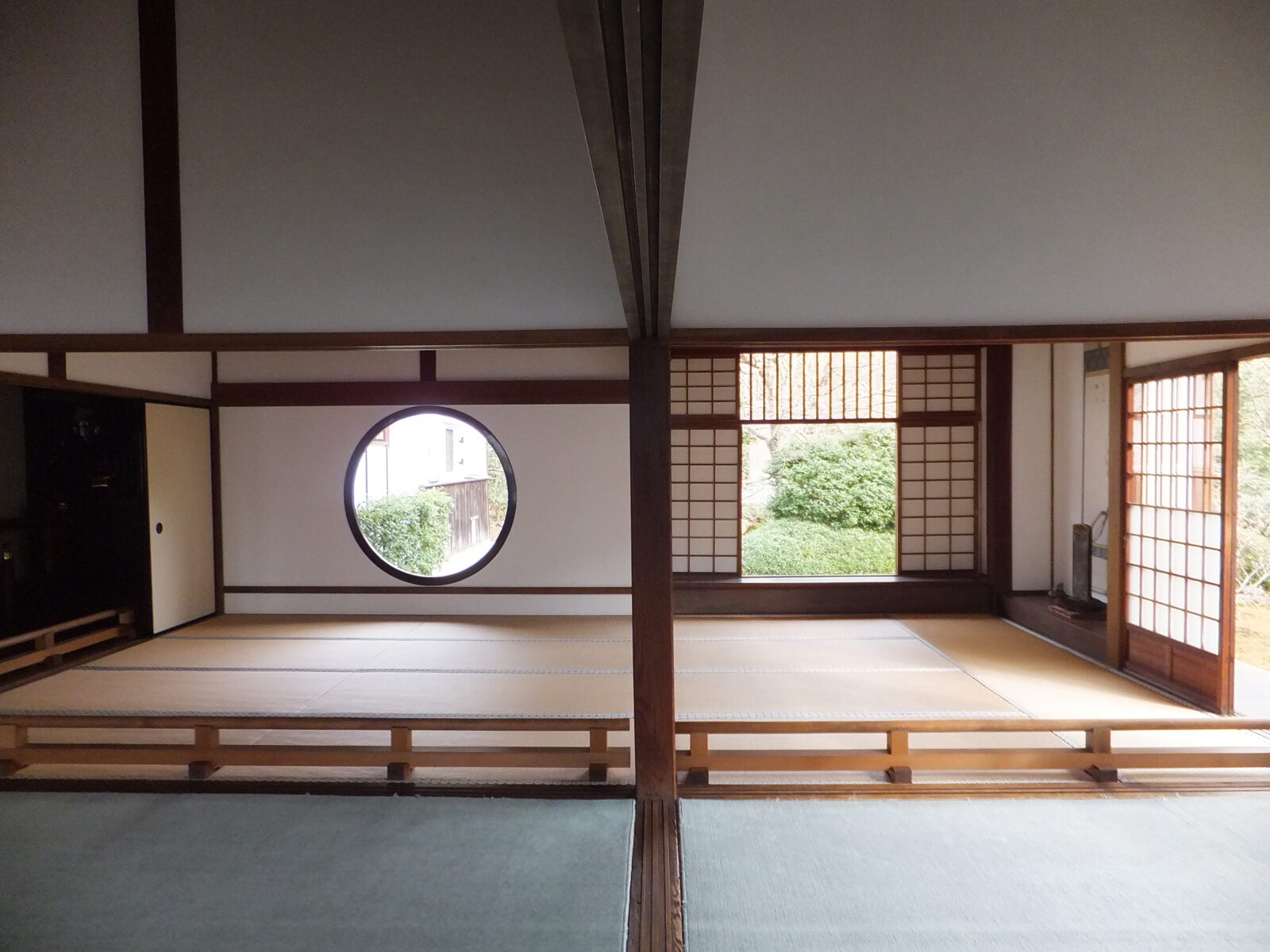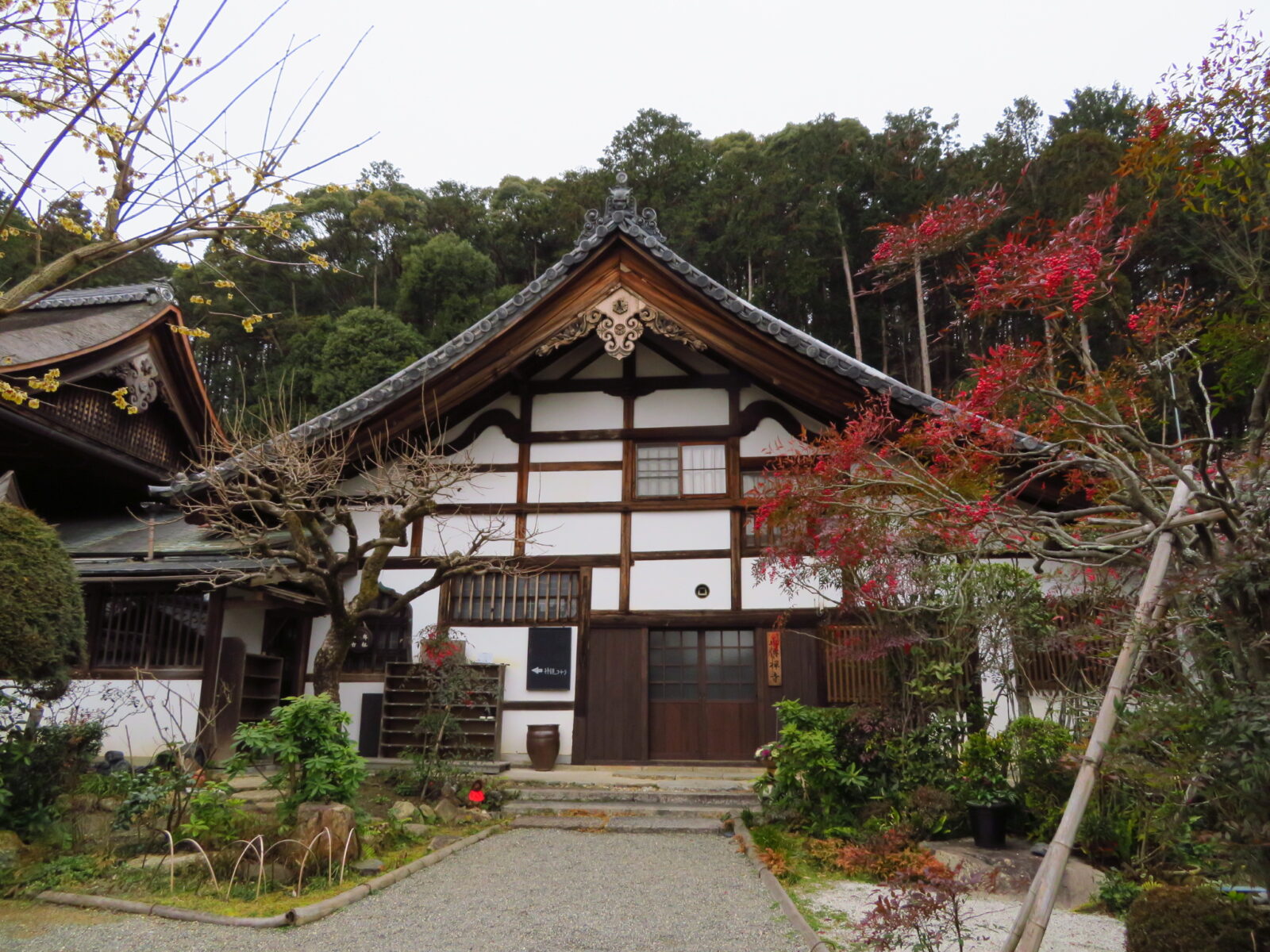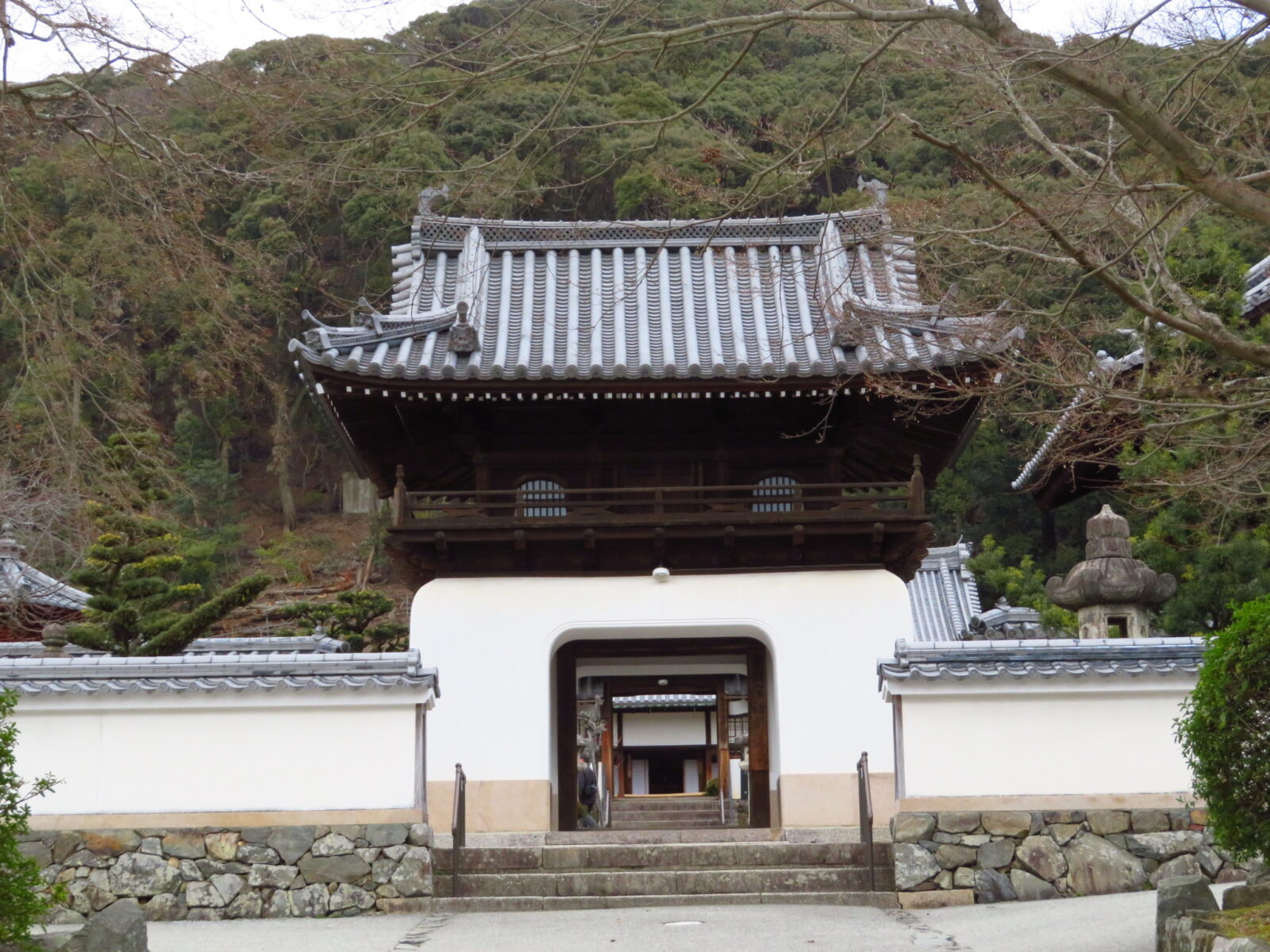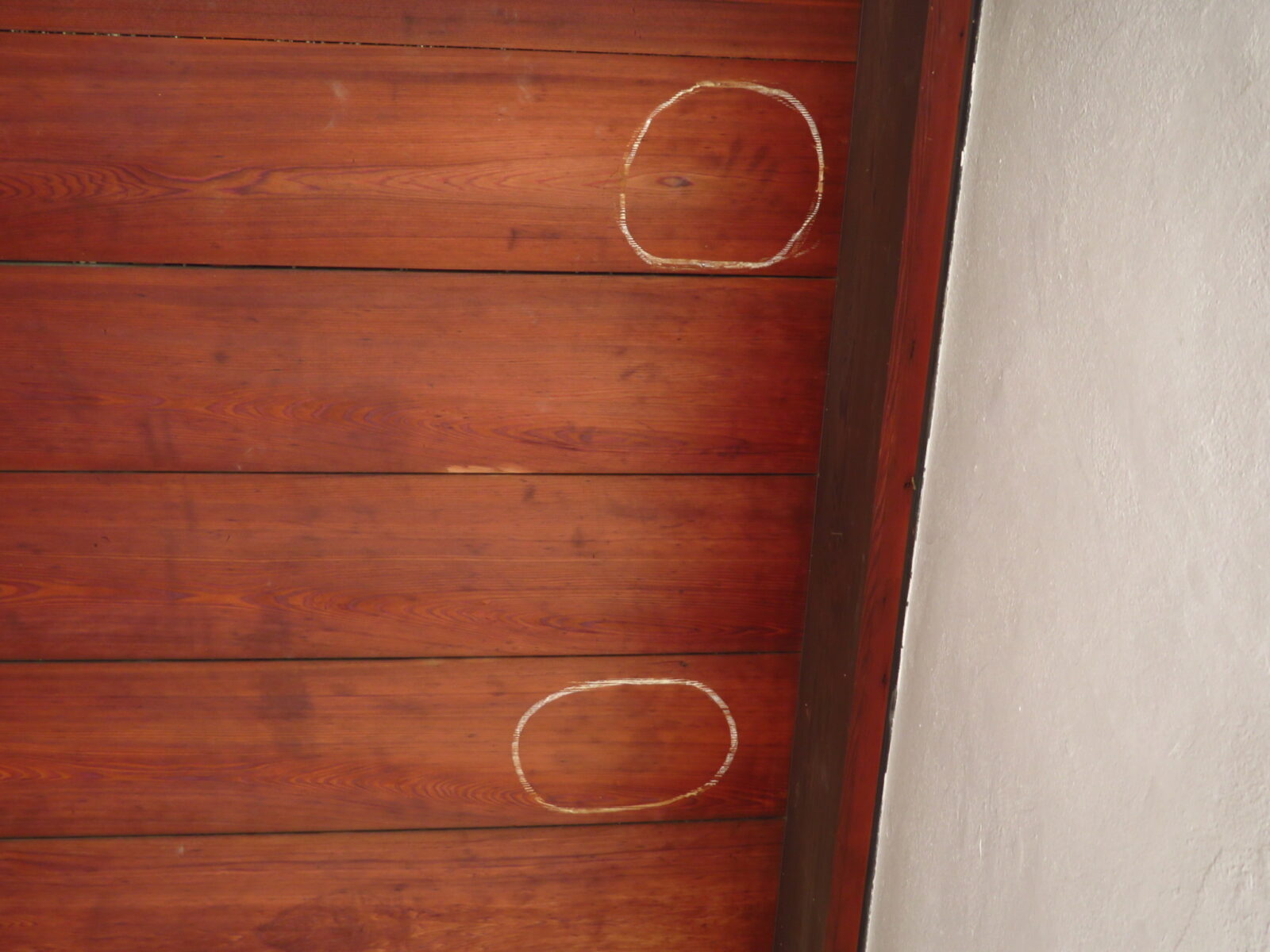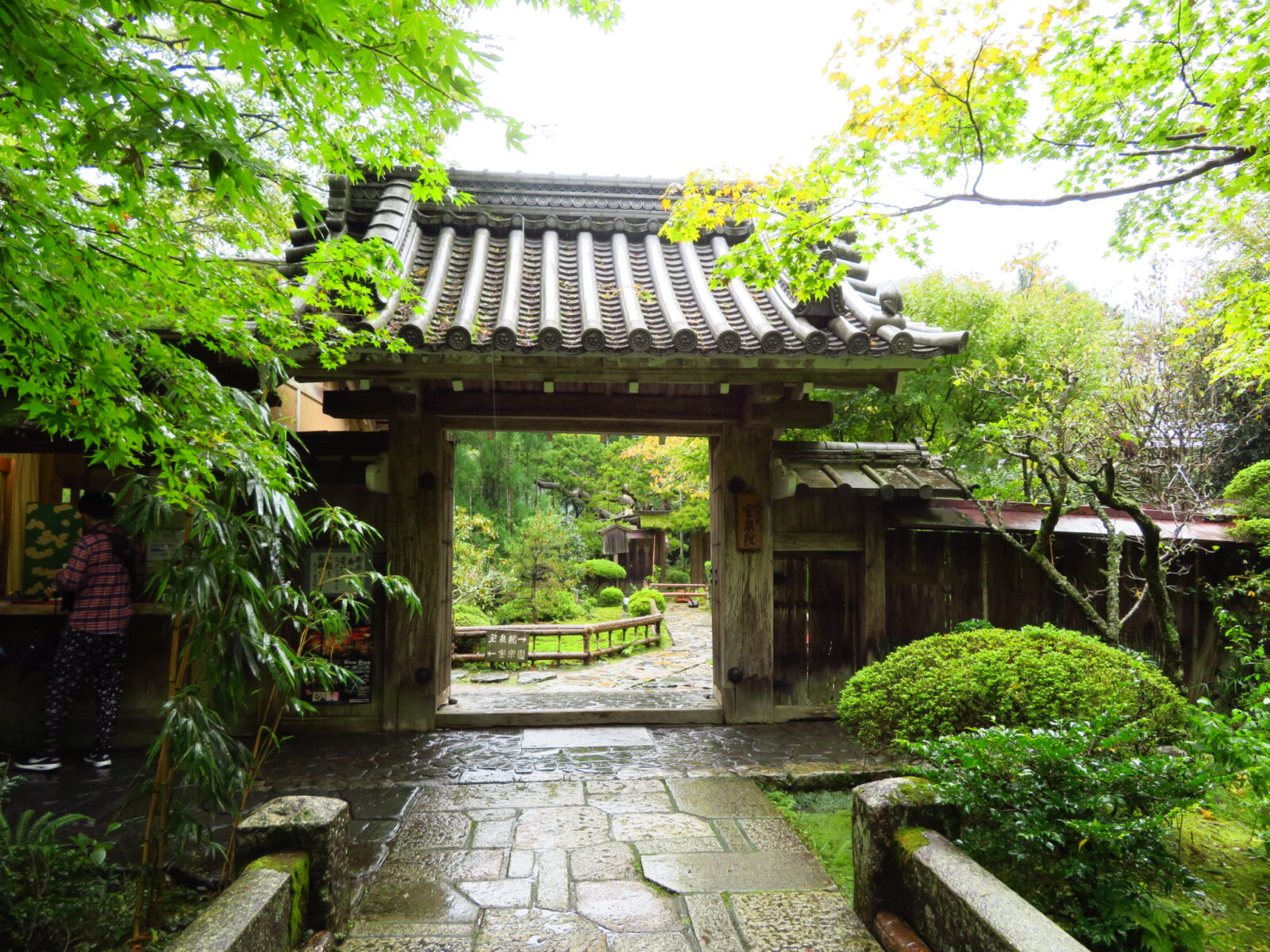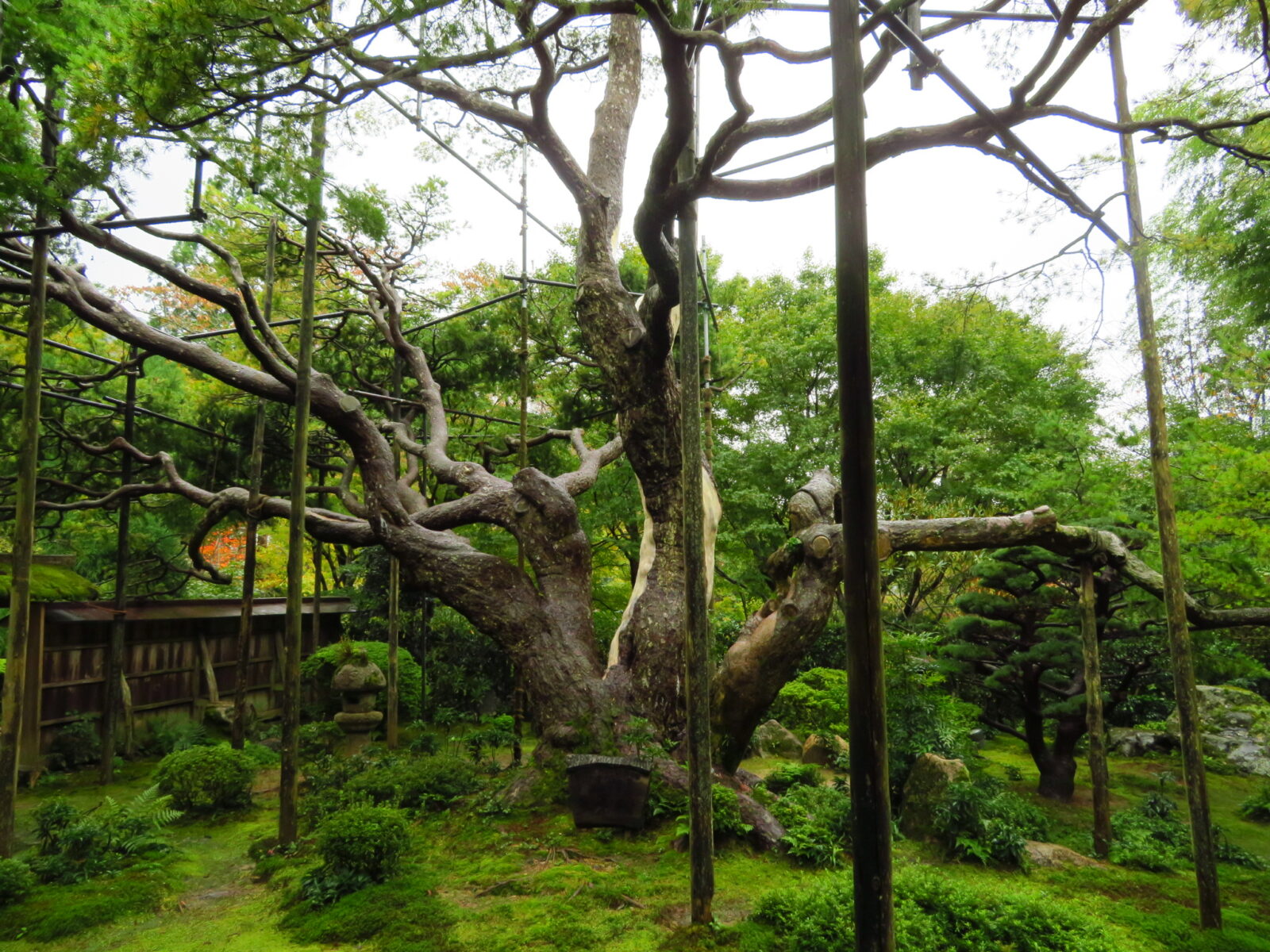About Japan, Secret Spots, To Sightsee
Recommended Tourist Spot in Kyoto – Episode 1: Blood Ceiling
In the spring of 2023, Japan saw a resurgence of foreign tourists along with domestic travelers, resulting in bustling crowds at famous tourist destinations. Undoubtedly, Kyoto remains at the top of the list in terms of popularity.
While places like Kiyomizu-dera and Heian-jIngu shrine are undoubtedly wonderful and must-visit locations, in this blog series, I would like to personally recommend hidden gems in Kyoto.
First and foremost, I would like to introduce “Blood Ceiling”. Blood Ceiling refers to ceilings where boards stained with blood are embedded. There are many temples in Kyoto where blood ceilings can be found. These ceilings vividly preserve the handprints and footprints of fallen samurai warriors from battles, retaining their reddish hue without fading, which can be quite eerie.
These ceilings are remnants of a battle that took place in August to September of 1600, at Fushimi Castle in Kyoto, between the armies of Toyotomi Hideyoshi and Tokugawa Ieyasu. After Ieyasu achieved unification of Japan, he used these ceilings in various temples across Kyoto to commemorate the 380 loyal retainers who perished in the battle, where he himself had sought refuge and ultimately met his demise. I would like to introduce the blood ceilings of five temples that I actually visited.
1. YOGEN-IN
The first time I saw a blood ceiling was at a temple called “Yogen-in,” located behind famous Sanjusangen-do. In addition to the blood ceiling, Yogen-in also preserves unique and impactful artwork, such as the famous national treasure “Fujin Raijin-zu Byobu (Folding screen of Wind god and Thunder god)” painted by Tawaraya Sōtatsu, including impressive cedar door paintings and fusuma paintings. Despite being a small temple, Yogen-in is packed with highlights, so I highly recommend visiting it when you’re in the vicinity of Sanjusangen-do.
YOGEN-IN (Japanese Only)
https://yougenin.jp/
2. GENKO-AN
If you head north from the city center, you will come across a region called Takagamine. Here, you’ll find Genko-an, where the blood ceiling is also a sight to behold. Genko-an is famous for its round and square windows, representing the windows of hesitation and enlightenment, respectively. However, the main hall boasts a magnificent blood ceiling. Although it’s slightly far from the city center, there are notable temples nearby, such as Koetsuji and Jishoji, creating a tranquil and serene atmosphere.
GENKO-AN(English)
https://genkouan.or.jp/en/
3. SHODEJI
A little northeast of Genko-an is Shodenji, a Zen temple that also features a blood ceiling. While the highlight here is the dry landscape garden with Mt. Hiei as its borrowed scenery, the ceiling of the wide veranda in the Hojo (Main hall) serves as the blood ceiling. This temple is also located in a calm area surrounded by mountains, providing a peaceful setting for visitors to explore at their own pace, away from the hustle and bustle of the urban center.
SHODENJI (Japanese Only)
http://shodenji-kyoto.jp/
4. KOSHOJI
To the south of the city center, there’s World heritage Byodoin Phoenix Hall in Uji, well-known as a tea-producing region, and Koshoji Temple, which I highly recommend. Koshoji is also a Zen temple and offers attractions such as the long and gentle sloping approach leading to the temple entrance, a Chinese-style entrance gate unique to Zen temples, and a training hall where monks meditate. However, don’t forget to look up at the corridor of the main hall, where you’ll find the blood ceiling. Since not many people visit, you can take your time and reflect on the samurai warriors. When visiting Byodoin Phoenix Hall, be sure to also visit Koshoji, located on the opposite bank of the Uji River.
KOSHOJI (Englsih)
https://www.uji-koushouji.jp/en/
5. HOSEN-IN
Lastly, there’s Hosen-in in Ohara, at the foot of Mt. Hiei. Ohara is also a famous tourist destination, and Hosen-in features a framed garden. Although the admission fee is relatively high, you’ll be served matcha tea and sweets. While many tourists visit to admire the garden and take a break while gazing at the eternal and magnificent tree from the beginning to the end, don’t forget to look up at the ceilings of the buildings. That’s because there are blood ceilings here too.
HOSEN-IN (Japanese Only)
http://hosenin.net/
I understand that some may find it slightly eerie, but the blood ceiling is a vivid historical relic that brings to life a page of history that textbooks and historical novels can’t fully convey. The fact that blood ceilings exist in quiet temples in areas slightly away from the bustling city center holds significant meaning. Remember that these blood ceilings were left as a form of memorial, so when visiting, please pay your respects to the loyal and valiant samurais who lost their lives in battle.
There are still many temples in Kyoto where blood ceilings are used, in addition to the ones mentioned here.
